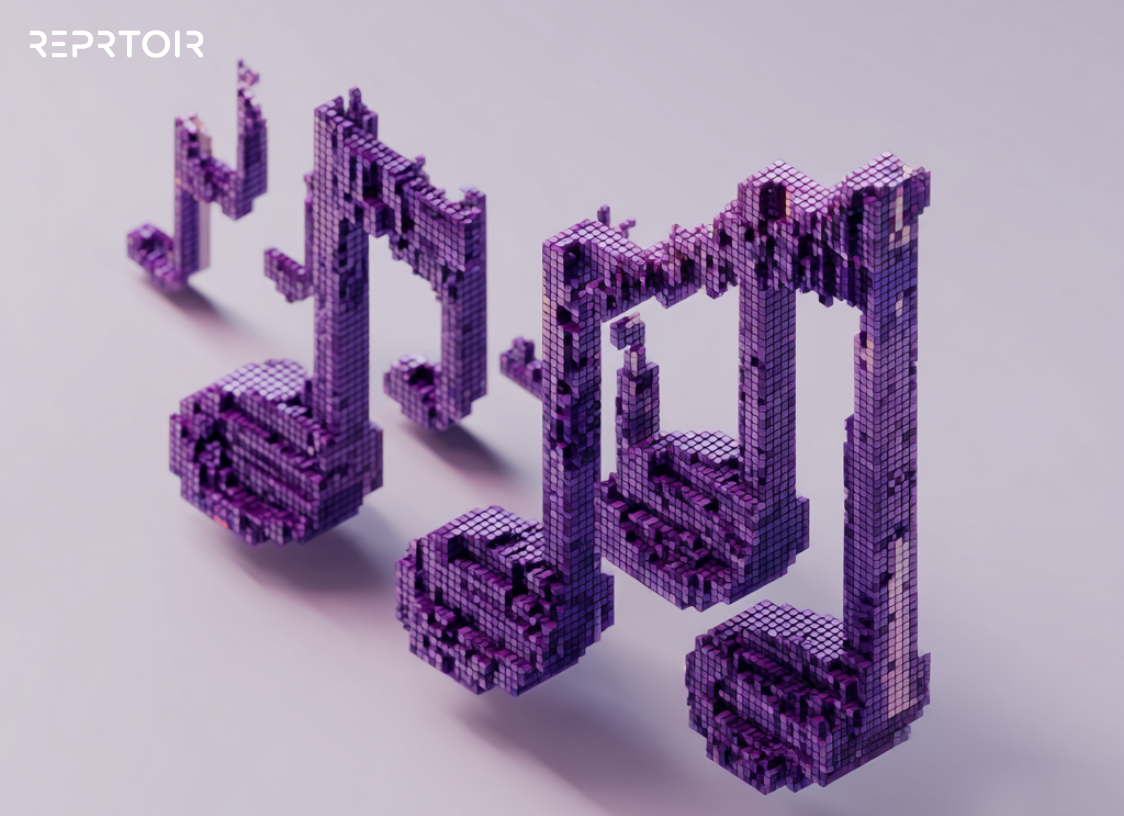If you’ve worked in any creative capacity, you’ll know how important the concept of owning your work is for the royalties that this will generate for you with every use. Two main royalties are often discussed in this space, Performance and Mechanical, with the latter being especially focused on the reproduction of your music by others (what used to be generating copies on CD and vinyl). In this short article, we will cover how mechanical royalties work, how it compares to performance royalties, and how best to navigate the world of mechanical royalties so that artists and labels can be better equipped to make the most out of the music they own.
An Overview of Mechanical Royalties
As we’ve touched on briefly, mechanical royalties are paid out to those who own the piece of music that gets reproduced. But it’s important to understand the differences in ownership in the music industry. With any song that gets made, two types of copyrights are produced: Recording and Composition rights. Recording copyrights are for the ownership of the sound recording proper, commonly known as the “master” recording. In the US, this generates digital performance royalties and recording royalties. The flipside of these rights is the Composition copyright, which encompasses the different music elements inherent to the song (lyrics, composition, structure, etc). This then generates our two main forms of royalties, Performance and Mechanical.
With mechanical royalties, the owner of the copyright is entitled to a variable payment based on the manufacturing and reproduction of the song to be purchased and/or downloaded by listeners. This made for a huge part of the music industry in the 20th century where the music economy centered around physical sales of music through retail outlets.
Performance Royalties versus Mechanical Royalties
If mechanical royalties focus on the reproduction of music, performance royalties focus on the payments that are to be made whenever a piece of music is played in a venue, on TV, or even on the radio for those outside the US. This splits the essential coverage of composition copyright royalties into two sides, one focusing on the sales and reproduction of the work, the other focusing on the performance and usage of the same music in other channels.
These might’ve been fairly straightforward arrangements when physical media still dominated how and when the music would be sold. But with the advent of the internet, and with it digital streaming, the landscape of royalties began to shift and adapt towards newer forms of music consumption.
How do Mechanical Royalties Work Today?
It’s no secret that streaming has dominated the music scene and fundamentally changed both how we listen to music as well as how artists and labels produce it, reaching about $12 billion in 2021. Mechanical royalties now include non-physical reproductions of copyrighted work, which come in the form of digital album downloads. But streaming doesn’t necessarily mean listeners download the album or even outright own the non-physical reproduction of the song. This necessitated streaming to now comprise two of the royalties at the same time, both performance and mechanical.
But traditional ownership models remain a strong growth force for the market. Vinyl alone experienced significant growth after a period of decline, officially becoming a billion-dollar business in 2021. This, alongside popular choices for ownership such as CDs and downloads, remains a significant source of royalties for copyright owners.
Who Sets the Mechanical Royalty Rates?
Unlike recording copyrights, which sets prices largely dictated by the free-market SoundExchange, composition copyright royalties often go through several intermediaries before setting any specific rate moving forward. Much of these negotiations are moderated and decided upon by the Copyright Royalty Board, or the CRB. This government-affiliated body is tasked with maintaining and reviewing royalty rates over the years to ensure proper payment to artists, songwriters, record labels, performers, and anyone else who might hold rights to specific copyright.
For performance royalties, there’s often no exact standard rate that is fully mandated by any particular government entity as this is largely coordinated between the Performing Rights Organizations (commonly in the form of big firms such as BMI and ASCAP). Mechanical royalties, however, have a much more consistent royalty rate of roughly 9.1 cents per reproduction of the work (0.0175 cents per minute for songs over 5 minutes in length).
These rates, however, have been set in 2008 and have yet to see any significant increase since then. With the realities of inflation and the ever-changing landscape of music consumption (which now includes streaming), there’s been a consistent push to get a higher mechanical rate set to better protect songwriters in the future. In fact, several large bodies representing artists like the NMPA, RIAA, and even independent ones like SGA and MCNA, have all signed a proposal to the CRB to push for a 32% increase in their set mechanical rate (from 9.1 cents to 12 cents per reproduction). As this proposal continues to work its way through the admittedly slow bureaucratic process, there’s an opportunity now for songwriters to begin learning more about their work as well as for labels and big firm representatives to begin pressuring streaming platforms to increase their royalty percentages as well.
What now for mechanical royalties?
Now it’s time for you, record labels and music publishers to manage these royalties. Independent from the decisions on the rates, it’s important for any professionals to keep track of them, on any digital statement you may be dealing with for your royalty accounting. So here is our solution to help you do just that, with Reprtoir’s Royalty Accounting Solution.










